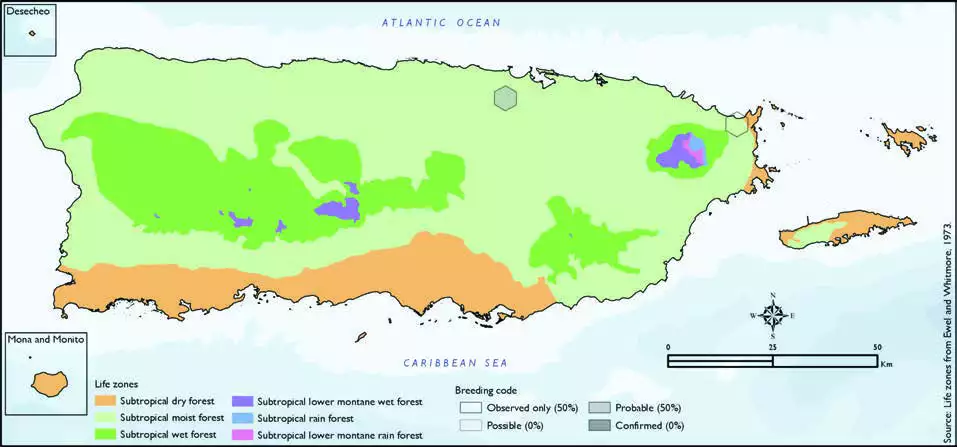Great Myna
Description
The great myna (Acridotheres grandis), also known as the white-vented myna, is a species of starling in the family Sturnidae. It is found in Northeast India, through Bangladesh to Southeast Asia.
It is black with elongated forehead feathers, forming a frontal crest that may curl backwards. Its beak and feet are yellow. It has white from the vent to the tip of the tail and a white wing patch.
Distribution & Habitat
The Great Myna occurs from Nagaland through Bangladesh
and Manipur to Burma, as well
as through Southeast Asia and in
southern China (Craig and Feare
1998). Its native habitat includes
mostly cultivated areas and
other open habitats including
grasslands and marshes, as
well as parks, gardens, and golf
courses (Craig and Feare 1998).
The myna has been introduced
via the pet trade to Puerto
Rico where it has been found
breeding only in the north and
east coasts in open woodlands (Raffaele 1989a). An escaped
cage bird was the only myna
record noted for Vieques by
Raffaele (1989b) and Gemmill
(2015) but with no evidence for
breeding. The atlas fieldwork
yielded a total of two records
within two hexagons or 0.4
percent of the 479 total hexagons
(see map). Of the two hexagons
where this species was found,
observations in one hexagon met
the atlas definition of probable
breeding, while the species was
observed in the other hexagon
but without evidence of breeding
(see map). Great Myna distribution. The map shows the highest breeding code by hexagon and overlaying the ecological life zones in
Puerto Rico. Note: percentages may not total 100 due to rounding. 223Great Myna/Miná Grande

Breeding Habits
Previously published reports indicate that the Great Myna
normally breeds between April
and July, and it usually nests in
tree holes and roofs of houses
(Deignan 1945). Only one
probable breeding record was
found during the atlas surveys,
and the record occurred in the
subtropical moist forest life zone
in the month of February (see
chart, map, and table). The two
records for the myna indicated that the species appears to have
shown no shift in range from
its north and east coast range
initially described by Raffaele
(1989b).
Conservation
The global population size of the Great Myna has not been
quantified or assessed, but
the species is described as
common throughout its native
distributional range (Craig and
Feare 1998). This species is currently listed as a species
of least concern by the IUCN
(BirdLife International 2016).
Locally, this species is not
listed in any of the threatened
categories of PRDNER and
USFWS. In Puerto Rico, the Great
Myna has a protected habitat
in land of about 23 percent
(11 km2) of the total area covered by the hexagon where
evidence of breeding was found
for this species (48 km2).
Related Species
Family:
starling